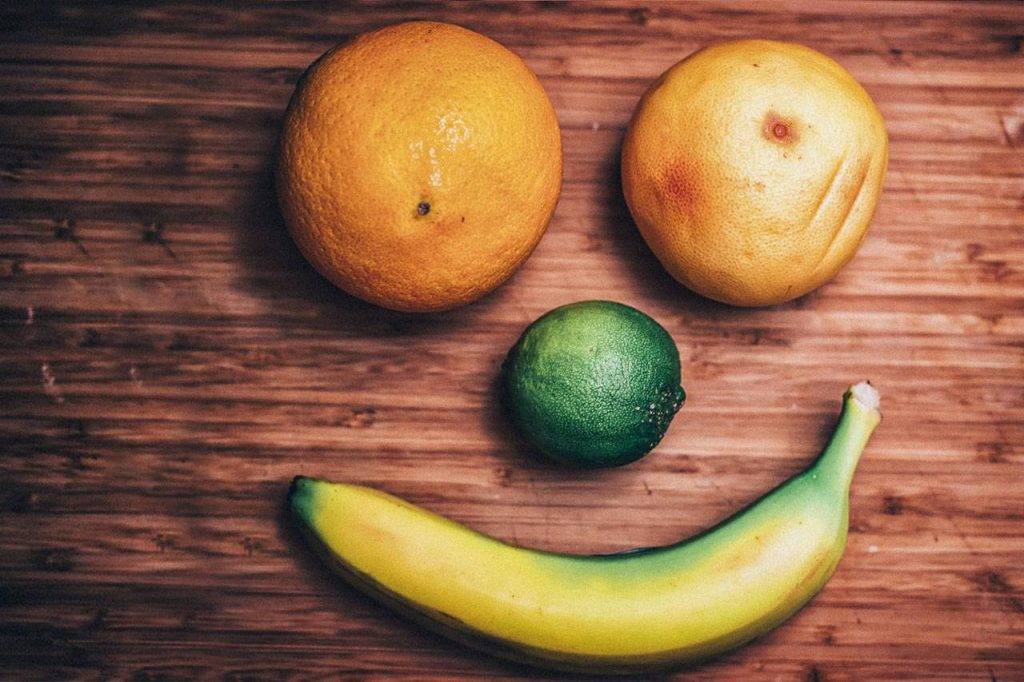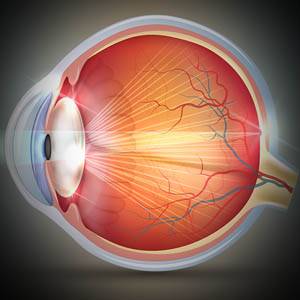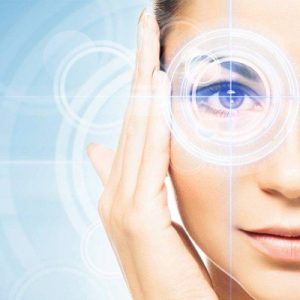How does nutrition impact ocular health?
This is only a guide— medical advice should always be sought before considering any dietary change. A balanced diet should provide all the nutrients required for optimum eye health.
Nutrients are vital for healthy eyes. Many nutrients help to support eye function, and serve as protection against harmful light. In this way, nutrients may reduce the risk of age-related degenerative ocular diseases that can put your vision in danger.
While the development of ocular diseases does depend on many risk factors, the foods that you consume may contribute as well.
The following nutrients have been associated with healthy ocular function, and a decreased risk of ocular diseases.
Vitamin A
Vitamin A is essential for maintaining the eyes’ photoreceptors— the light sensing cells. Without this vitamin, night blindness, dry eyes, or other severe ocular conditions can develop.
Vitamin A deficiency is one of the most common causes of blindness.
Those at highest risk of vitamin A deficiency are:
- Pregnant women
- Breastfeeding mothers
- Infants
- Children
- Cystic fibrosis
- Chronic diarrhea
Are your eyes telling you that you may be vitamin A deficient?
Eye problems are some of the most common issues associated with vitamin A deficiency.
- Dry eyes, or the inability to produce tears is one of the first signs of vitamin A deficiency. In rare cases, extremely low vitamin A levels can lead to complete blindness or dying corneas, characterized by marks called Bitot’s spots.
- One study found that taking vitamin A supplements for 16 months decreased the prevalence of dry eyes by 63%, among infants and children.
- Night blindness, or the inability to see clearly in dark environments.
- In one study, vitamin A was given to women in the form of food and supplements. Both forms had the same positive effect— improving the women’s ability to adapt to darkness by over 50%, over six weeks of treatment.
Other signs that you may be deficient in vitamin A include:
- Inflamed skin
- Infertility
- Delayed growth
- Respiratory infections
- Acne or breakouts
- Poor wound healing
Which foods contain vitamin A?
Animal products and many fruits and vegetables, including:
- Fish
- Liver
- Dairy
- Carrots
- Spinach
- Kale
- Sweet potatoes
- Red peppers
- Grapefruit
- Pistachio nuts
- Broccoli
- Mango
- Butternut squash
Lutein & Zeaxanthin
These potent antioxidants offer many health benefits, though they are best known for protecting your eyes.
Lutein and zeaxanthin are yellow carotenoid antioxidants known as macular pigments because they are found in high concentrations in the macula. They protect your eyes from the sun’s UV rays and harmful blue light.
Many studies have shown that these nutrients are associated with a reduced risk of chronic eye diseases, including age-related macular degeneration (AMD), cataracts, diabetic retinopathy, and uveitis.
- Low levels of these carotenoids are associated with age-related macular degeneration (AMD) and cataracts, while higher levels may reduce risk of AMD by up to 57%.
- According to research, consuming 6-20 mg of lutein and zeaxanthin per day can significantly reduce your risk of ocular conditions.
- According to the Age-Related Eye Disease Study 2 (AREDS2), 10 mg of lutein and 2 mg of zeaxanthin caused a significant reduction in AMD progression.
Which foods contain lutein and zeaxanthin?
Green leafy vegetables, and other healthy food sources, including:
- Spinach
- Swiss chard
- Kale
- Parsley
- Pistachios
- Green peas
- Egg yolks
- Sweet corn
- Red grapes
Keep in mind, carotenoids are absorbed better when eaten together with fat— so add some olive oil or avocado to your plate!
Vitamin C
Vitamin C (ascorbic acid) is an antioxidant that is highly concentrated in the aqueous humor of the eye— directly linked to dietary intake. By increasing vitamin C consumption, you can increase the vitamin C concentration in your eyes.
- Vitamin C is associated with a lower risk of developing cataracts.
- When vitamin C is consumed with other essential nutrients, it can slow the progression of AMD and vision loss.
Which foods contain vitamin C?
Many fruits and vegetables, including:
- Bell peppers
- Citrus fruits
- Kale
- Broccoli
- Guava
SEE RELATED: Eyes and Nutrition
Schedule an appointment with an eye doctor near you if you have noticed any changes in your vision.
Vitamin E
This fat-soluble antioxidant protects the fatty acids in the eyes from free radicals, or unstable molecules, which cause healthy tissue to degenerate. The retina has a high concentration of fatty acids, so sufficient vitamin E intake is essential for optimal ocular health.
Severe vitamin E deficiency may lead to retinal degeneration and blindness.
Which foods contain vitamin E?
Healthy food sources, including:
- Tree nuts
- Peanuts
- Sunflower seeds
- Vegetable oils
- Green leafy vegetables
Essential fatty acids
Omega-3 fatty acids EPA and DHA are vital for ocular health. DHA is found in high concentration in the retina, where it may help to support ocular function. DHA is also important for healthy brain and eye development, especially during infancy.
- DHA deficiency can cause vision problems, especially in children.
- Research has shown that increasing omega-3 intake may help to relieve symptoms of dry eye syndrome.
A study was conducted to determine if EPA and DHA increased tear production in people with dry eyes. The study concluded that taking daily supplements including EPA and DHA for three months, resulted in a significant reduction of dry eye symptoms.
Omega-3 fatty acids may also help to reduce the risk of other ocular diseases. According to research, taking at least 500 mg of omega-3 daily may reduce the risk of diabetic retinopathy.
Which foods contain omega-3 fatty acids?
Oily fish is the best food source as it contains high amounts of EPA and DHA. Omega-3 supplements containing fish oil or microalgae are good sources as well.
Zinc
Zinc is an essential mineral that is highly concentrated in the retina and the vascular tissue layer under the retina (choroid). Zinc’s primary role is to bring vitamin A from the liver to the retina to enable melanin production— a pigment in the eye that functions as a filter to protect our eyes from harmful light, such as the sun’s UV rays.
Zinc deficiency may cause night blindness.
Which foods contain zinc?
A variety of healthy food sources, including:
- Red meat
- Poultry
- Oysters
- Beans
- Whole grains
- Dairy products
- Chickpeas
- Pumpkin seeds
- Tree nuts
- Peanuts
The importance of a healthy lifestyle
Throughout our lives, we have all been told to maintain a healthy lifestyle in order to ensure a healthy body and mind.
If you find it difficult to fulfill all of your spinach, kale, and broccoli requirements, don’t worry— many of the essential nutrients that your body craves can be found in a variety of foods!
A healthy lifestyle not only includes a special nutrient filled diet, but also regular exercise. These healthy habits will reduce your risk of many chronic and ocular diseases, and facilitate the best path for a life of clear and comfortable vision.
LEARN MORE: Guide to Eye Health
Schedule an appointment with an eye doctor near you if you have noticed any changes in your vision.
Maintain your health for optimal performance. Your body will thank you.










